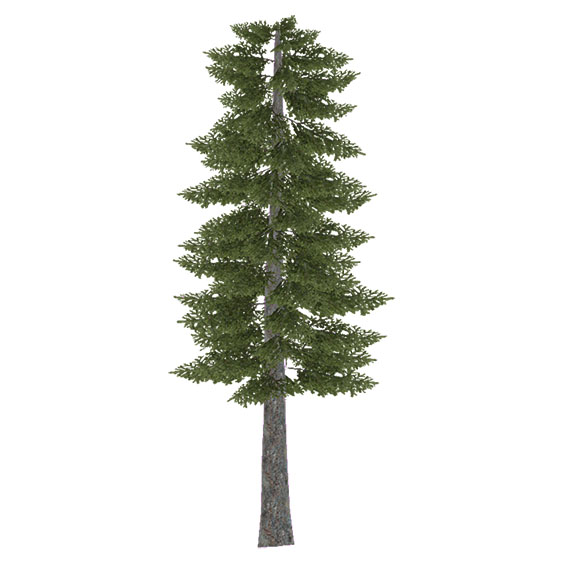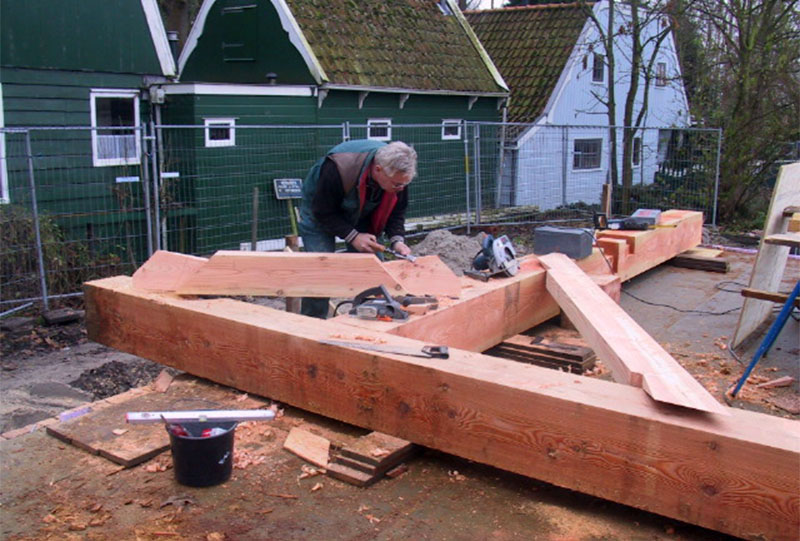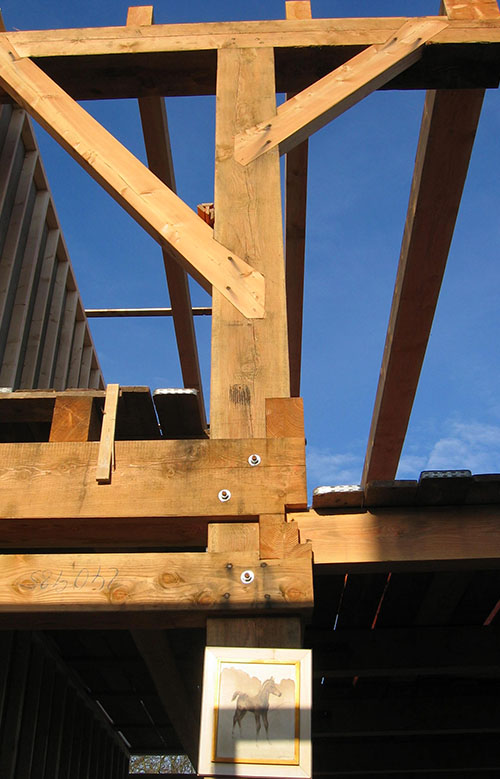EUROPEAN DOUGLAS
Due to the identical colour shades, the wood is very similar to Siberian larch in terms of look and feel. European douglas trunks are regularly available in large diameters however, have narrow annual rings and are straight-grained.
ORIGIN
The original region of origin is North America. Douglas trees appear a lot along the west coast, in the state of Oregon, extending to British Columbia and Vancouver Island. There it is known as the Douglas fir.
- Botanical name: Pseudotsuga Menziesii
- Growth area: West of North America, planted in Europe, New Zealand and Australia
- Wood type: coniferous wood
WE MAINLY BUY FROM:
- Central Europe. Dimensions can be delivered upon request, for which heavy orders with long lengths can be sawn effortlessly. The wood can be sawn throughout the year, because it is not prone to blue staining.
NAME
Douglas fir is another name for the Oregon pine planted in Western Europe. The European douglas tree has a somewhat coarser structure and is softer compared to the original Canadian species. This is the result of faster growth. The most commonly used quality in Europe with No. 2 Clear & Better grading (i.e. practically knot-free and limited sapwood).
STRONG & STABLE
Suitable for both interior and exterior constructions
COLOURS
Fresh Douglas usually has a light brown-yellow colour that will eventually become a beautiful orange-like brown-yellow when exposed to light and open air. The wood of fairly young trees that grew quickly has a redder colour. In the United States, this species is also called red fir, as opposed to the yellow fir, which grows slowly and has narrow annual rings and is more yellow. The off-white sapwood of old, thick trees (old growth) is up to 40 to 50 mm wide and 70 to 80 mm wide in younger trees (second growth). Depending on the growth area (coastal or mountainous regions), the density and strength are highly variable apart from the colour.
CHARACTERISTICS
The Dutch Douglas tree is resinous, which sometimes results in visible greasy stains or stripes on the planed surface. There are also resin-filled cavities along the annual rings (so-called resin pockets). Due to the colour contrast between the spring wood and the summer wood of the annual rings, the quarter sawn and semi-quarter sawn wood has a very clear striped pattern, and the flat sawn wood has a flame pattern. European Douglas is comparable in looks and properties to the second growth from North America.
Assendelft – Replica farmhouse – 2019
This wonderful project, that was completed together with Bouwbedrijf Somass BV, concerns a replica of a farmhouse with a guest house and stables. Construction started in 2017 and was completed in 2019. 400 x 500 mm Douglas fir beams measuring 14 m1 in length, have been sawn for the construction of the supports. The beam layers and leads have been made of pine beams in various dimensions. The supporting floor segments are also pine, 38 x 300 mm GG. The facades are western red cedar.
VERY NICE AS A
TERRACE COVER
TERRACE COVER
APPLICATIONS
Douglas tree is typically used for exterior wood constructions. Apart from providing a facade with a great look, it is also highly suitable for heavy-duty applications, such as decking, verandas, pergolas, bridges and fences. Douglas tree wood is also a great choice for indoor applications. It is used, among other things, for floors, ceilings, wall cladding or wall panelling.
Douglas tree wood for garden and construction purposes is only available on demand. Ask us about the options and/or request an offer.




